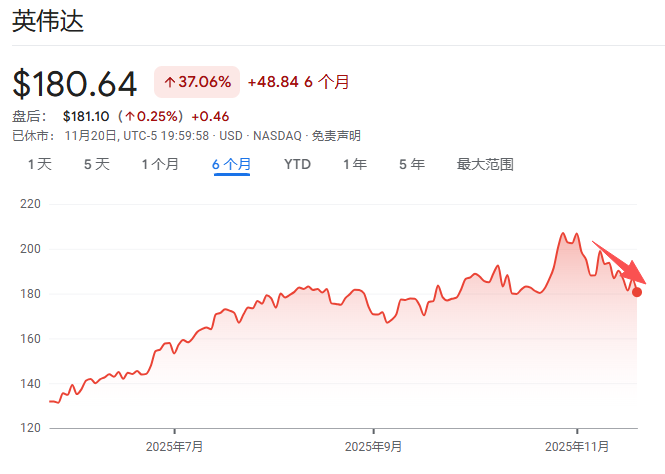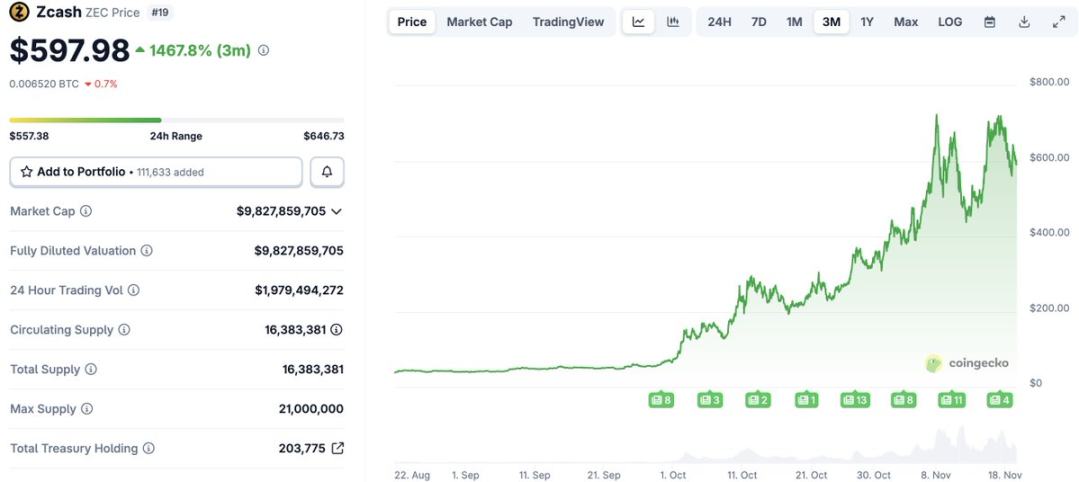US spot Bitcoin ETFs saw fourth straight day of inflows, totaling $257 million yesterday
The 11 spot bitcoin ETFs in the U.S. saw daily net inflows of $257.34 million on Thursday.Major Wall Street institutions revealed large shares in U.S. spot bitcoin ETFs recently in their quarterly 13F reports.
BlackRock’s IBIT, the second largest in terms of net asset value, saw the largest amount of $94 million move into the ETF yesterday, according to data from SoSoValue. IBIT had carried mostly zero to minimal flows in the past three weeks. Fidelity’s FBTC fund brought in $67 million, while Ark Invest and 21Shares’ bitcoin ETF reported net inflows of $62 million.
Grayscale’s GBTC, which had recorded large net outflows on most days since its conversion in January, recorded a daily net inflow of $4.64 million on Thursday. Valkyrie’s bitcoin ETF saw inflows of $18.5 million, while funds from Bitwise, Franklin Templeton, Invesco, and Galaxy Digital netted single-digit inflows.
Back-to-back net inflows from the 11 spot bitcoin ETFs came amidst Wall Street’s first quarter 13F reporting season. Major financial players disclosed their stakes in the spot bitcoin funds, which turned out to be greater than some expected.
“IBIT ended up with 414 reported holders in its first 13F season, which is mind boggling, blows away record,” Eric Balchunas, Bloomberg’s senior ETF analyst wrote on X Thursday. “Even having 20 holders as a newborn is bfd, highly rare.”
As of the end of March, Morgan Stanley held spot bitcoin ETFs worth over $270 million, while Millennium Management disclosed a staggering stake of $1.94 billion in shares across five bitcoin funds. The State of Wisconsin Investment Board also revealed holdings of $163 million in BlackRock and Grayscale’s funds.
Meanwhile, the 11 spot bitcoin ETFs in the U.S. have accumulated $12.40 billion worth of net inflows so far, SoSoValue data showed. Despite consecutive days of total net inflows, trading volume on the ETFs remains lower than its peak level in March, according to The Block’s data dashboard .
Disclaimer: The content of this article solely reflects the author's opinion and does not represent the platform in any capacity. This article is not intended to serve as a reference for making investment decisions.
You may also like
Has the four-year cycle of Bitcoin failed?
The various anomalies in this cycle—including waning sentiment, weakening returns, disrupted rhythms, and institutional dominance—have indeed led the market to intuitively feel that the familiar four-year cycle is no longer effective.

At an internal Nvidia meeting, Jensen Huang admitted: It's too difficult. "If we do well, it's an AI bubble," and "if we fall even slightly short of expectations, the whole world will collapse."
Jensen Huang has rarely admitted that Nvidia is now facing an unsolvable dilemma: if its performance is outstanding, it will be accused of fueling the AI bubble; if its performance disappoints, it will be seen as evidence that the bubble has burst.

After a 1460% Surge: Reassessing the Value Foundation of ZEC
Narratives and sentiment can create myths, but fundamentals determine how far those myths can go.

The demise of a DAT company
The $1 billion Ethereum DAT plan led by Li Lin and others has been shelved due to the bear market, and funds have been returned. This "going with the flow" approach may reflect consideration of investor sentiment.
